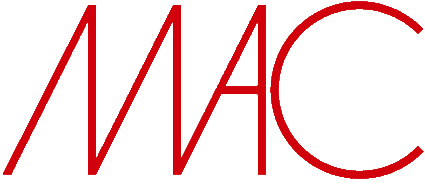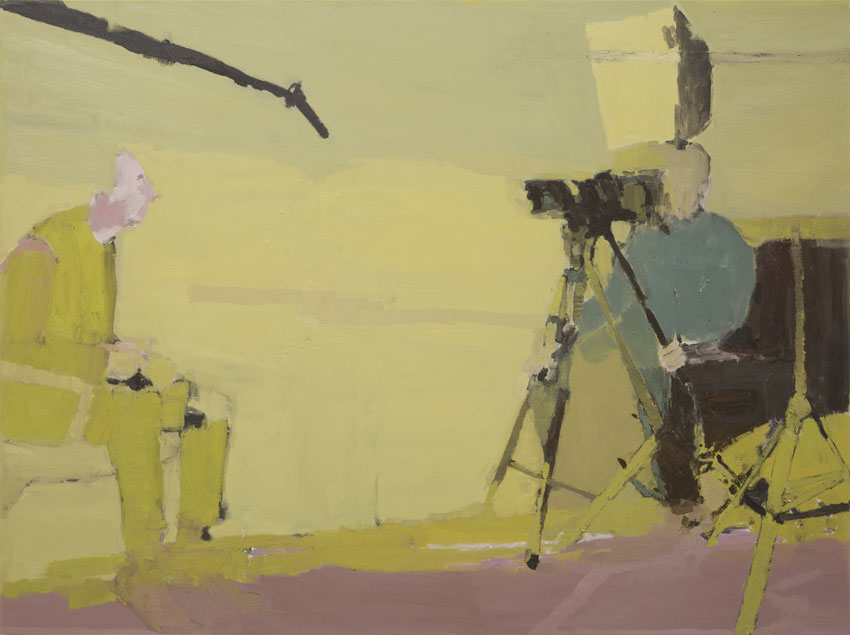Contemporary Art Designations in Brazil
Luisa Duarte
We live in a world saturated with images and suffocated with information. We wake up and the flow starts-e-mail, WhatsApp, Telegram, Facebook, Instagram, news websites, etc., etc.
That circuit in which we are inserted, and of which we are both creator and creature, works aiming at distracting us, causing a symptom that becomes an icon of our times, that is,
attention-deficit disorder. We are immersed in a network producing of all kinds of information many billion-fold as images and words, to be consumed and discarded as fast as possible.
Thus, we create some unrelenting boredom-amnesia dynamics. More and more, it is costly to focus on a sole object, a sole text, a sole movie. That current way of being obviously unfolds
in our ability to get involved with artistic activities. Because, if art derives from the world it inhabits, that is, it brings with it the marks of its time, it is resistant to this
same world as well. Extemporaneous, it actually requires a certain degree of everyday flow of information so that it can be absorbed. To read a book, to watch a movie, to visit an
exhibition and actually see it, all of these things require two-way movements: some degree of dislocation and, at the same time, of involvement with the world in which we live.
It would be easy to relate painting production, in a context like this, to a simple synonym to resistance, a place claiming dilated temporality, a place of contemplation, an environment
resisting today's overwhelming acceleration, a space where it is possible to erect a field of work demanding time to those who produce and patience to those who see. In a way, painting
is a little bit of all of these things. However, let us not be fooled, the oldest of languages in not completely spotless. We know that how incorporation of reproducible images, of
photography, is seminal to the pictorial activity in the second half of the 20th Century.
It will be precisely in this coming and going, in this zone of resistance to the world and in this incorporation of the world that the selection of works presented in "Desígnios da arte
Contemporânea no Brasil" [Contemporary Art Designations in Brazil], a project conceived and curated by Jose Antonio Marton, will dwell. The nine artists who were selected, coming from
different parts of Brazil, have in common painting as the main language for their research, even though their works may sometimes follow different paths. However, it must be noted, very
distinct manners of dealing with pictorial activity are found in the works by Alan Fontes, Ana Prata, Fernando Lindote, James Kudo, Paulo Almeida, Rodrigo Bivar, Sergio Lucena, Tatiana
Blass, and Ulysses Bôscolo. All of them were invited to take part in this project aiming at a work that would allude to a specific region or landscape of a Brazil that, as we know, is
composed of many different Brazils, genuinely constituted as plural. Thus, we have "Corcovado" through Ana Prata's point of view; "Copacabana" by Tatiana Blass; "Lençois" by Rodrigo Bivar;
"Cataratas" by Alan Fontes, or even "Ibirapuera" by Paulo Almeida. The next phase of the curatorial work designed by Jose Antonio Marton unfolds into a temporary exhibition at MAC-USP with
all artists present and the publication of this book we have in our hands today, so that the works produced specifically for this project are exhibited and recorded as a larger set of the
production by each one of the nine selected artists.
The result we witness reveals, thus, singularity in each poetic manifestation at play, plurality in the pictorial production existing today in Brazil, and resistance to create some
obvious images set having as starting point the landscape in a tropical country. Bivar's "Lençois" are pure abstraction; just like Lucena's "Bonito;" Prata's "Corcovado," far from the
magnitude of the "real" mountain in Rio, in human scale; Blass's "Copacabana," on the other hand, appears under the sign of otherness before a drama scene happening between four walls,
far from any cliché that the name of that famous district may allude to. Even when traces of a solar landscape appear, as in Lindote and Bôscolo, they are, first and foremost, a
construction permeated by critical dialog with its reference, never a double of reality with a naïf bend.
Differently from the path followed by disciples of someone like Gerhard Richter, whose seminal works is devoted to exploring structures that constitute images, and equally far from the
1980s'Neo-Expressionist ethos, those works recently produced in Brazil "works less as inventory of intellectual structures and methods of decomposing images and more as forms from which
they are able to tell different stories." According to this train of thought proposed by Tiago Mesquita, we are before paintings that, through image, reveal more than the images themselves
would be able to show. That is, it is as if our eyes, blurred by the excesses that assault us from the time we wake up, were to find their ability to see not at the most obvious place,
photographic reproduction, but in pictorial gestures. Before a world that has become simulation a long time ago, where we have lost our bonds with the main references, paintings emerge to
bring back the opportunity of having some unexpected link to this same world.
The nine different artists gathered in this book reaffirm, each one in their own manner, that possibility existing when art is met and, more specifically, with pictorial language. Be it
through the path if abstraction, of evoking a drama scene, of dialoguing with graphic elements, we are summoned, in all of these paths, to polish the lenses of our eyes, tired of looking
without seeing anything.
Within contemporary production marked by bonds to reality, so much so that sometimes the themes surpass the works, the pieces selected by Jose Antonio Marton stand out precisely because
they do not place themselves in that place of narratives about that that is real. First and foremost, they are manifestation of something Hannah Arendt stated: "The only objects that seem
purposeless are aesthetic objects, on the one hand, and men, on the other. You cannot ask quem ad finem?-for what purpose?-since they are good for nothing. But we saw that the purposeless
art objects, as well as the seemingly purposeless of nature, have the 'purpose' of pleasing men, making them feel at home in the world."
Thus, "Os Desígnios da Arte Contemporânea Brasileira," by having the bond to a specific landscape of Brazil as starting point, ends up revealing to us that this allusion to reality, when
it happens in the field of art, far from presenting us with a duplicate of reality does bring surprise and awe. Each one of these nine poetic universes brought together by Jose Antonio
Marton mirror multiplicity in today's Brazil contemporary production, regardless of the painting. These are all designations that, quietly, wake us up from deep sleep paradoxically
generated by a state of relentless attention. We must approach these designations art offers us aiming at installing, who knows, different manners of inhabiting the present, less anchored
in the flow of information and more attuned to flows of invention; less driven by the sign of relentless acceleration and more capable of producing a slower time that is typical of
pictorial production. Who knows, maybe then we can, evoking Hannah Arendt, feel more at home in the world.
© 2017 Museu de Arte Contemporânea da Universidade de São Paulo

